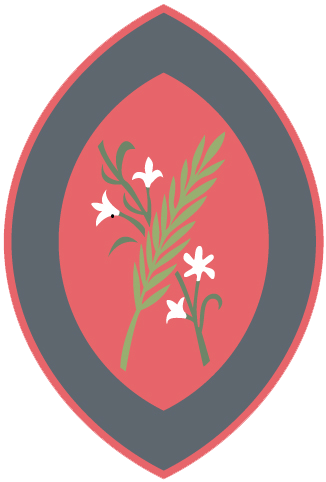Computing
Computing and Information and Communications Technology (ICT) prepares children to participate in a rapidly changing, technology-based world in which work and other activities are increasingly transformed by access to varied and developing technology.
At St Agatha’s we recognise that Computing/ Information and Communications Technology is an important tool in both the society we live in and in the process of teaching and learning. Our Teach Computing scheme is concerned with using technology purposefully to create, organise, store, manipulate and retrieve digital content. The scheme provides children with the skills to understand algorithms, create and debug programs, use logical reasoning and use technology safely and respectfully. It also offers children the ability to recognise common uses of information technology beyond school.
Our vision at St Agatha’s is for all teachers and children in our school to become confident users of ICT so that they can develop the skills, knowledge and understanding which enables them to use appropriate computing resources effectively as powerful tools for teaching and learning in and out of school.
Computing capability means teaching children the necessary skills, knowledge and attitudes in order for them to use ICT tools in the curriculum. It is also about teaching them to understand what technology is, knowing how to adapt to and use ICT, and to become skilled, confident and critical users of ICT both in and out of school. Children develop their Computing vocabulary and skills through carefully scaffolded and structured lessons.
|
Key Stage 1 |
| Key Stage 2 In Years 3-6 the children design, write and debug programs that accomplish specific goals, including controlling or simulating physical systems; solve problems by decomposing them into smaller parts. They will use sequences, selection, and repetition in programs; work with variables and various forms of input and output. The children will learn how to use logical reasoning to explain how some simple algorithms work and to detect and correct errors in algorithms and programs. They will be taught to understand computer networks including the internet; how they can provide multiple services, such as the World Wide Web Appreciate how [search] results are selected and ranked. The children will also use search technologies effectively and select, use and combine a variety of software (including internet services) on a range of digital devices to design and create a range of programs, systems and content that accomplish given goals, including collecting, analysing, evaluating and presenting data and information. The children will understand the opportunities [networks] offer for communication and collaboration. They will also be discerning in evaluating digital content. Finally, the children will learn to use technology safely, respectfully and responsibly; recognise acceptable/unacceptable behaviour; identify a range of ways to report concerns about content and contact. |
St Agatha's Computing Curriculum KS1 - further detail and progression
St Agatha's Computing Curriculum KS2 - further detail and progression

